Written by Jess Daniels based on the Fibershed Clothing Guide, available now as a free download
Visuals created with Paige Green Photography except for the microplastic image courtesy of the Rozalia Project
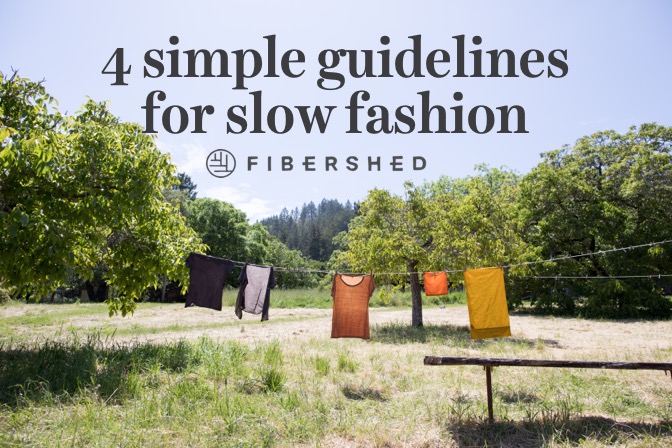
It’s an everyday act: rise in the morning and slip on something to wear. Regardless of personal style, age, or activities in our day, our clothing serves a primary function as shelter — our second skin. Fibershed began our work with a prototype wardrobe, a “second skin” sourced from the wearer’s home geography in Northern California. The 150-mi radius challenge connected fiber producers with designers, a collective exploration of what it would look and feel like to divest from fossil fuel-derived fibers and dyes, and invest in local production and restorative agriculture.
Since those initial Fibershed garments in 2010, the need to harmonize our wardrobe’s impact on human and ecosystem health has steadily grown. As our second skin, clothing and home textiles are in direct relationship with our health; choosing fibers and dyes that avoid synthetic compounds can help reduce our exposure to the more than 8,000 chemical compounds used in clothing production.
As our relationship to clothing has shifted in recent decades, the rise of “fast fashion” has catapulted the industry to being the number one polluter of fresh water (from textile dyeing and finishing) (source). By 2050, global clothing production will account for nearly one third of the carbon budget needed to keep global temperatures from exceeding 2 degrees Celsius (source).
The urgency of stabilizing our climate is continually underscored by the latest research from scientists, and by our own real time observations of climate patterns that are having devastating impacts to our communities through the increased frequency of floods, droughts, and fires.
Inside our own closet is one place we may begin to make changes that will have lasting impacts on our biosphere, climate and personal health, and for this reason we created the Fibershed Clothing Guide to share a menu of actions and options. Inside this free guide are practical tips for caring and choosing clothing items, alongside brief explanations of fiber and dye ingredients to empower wearers in the decision making process. Our newly launched “Fast Track to Slow Fashion” page offers additional resources, tips, and recommendations.
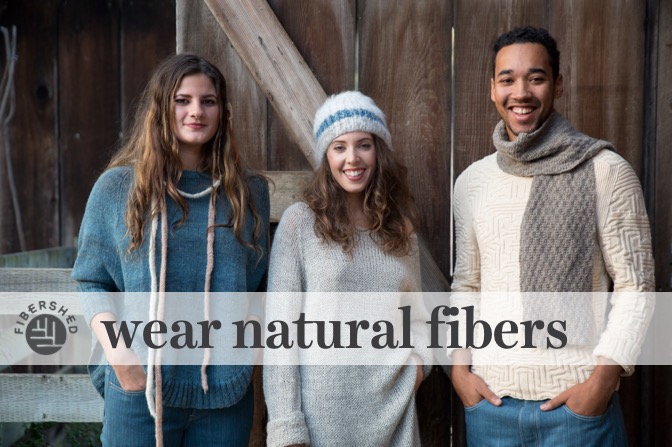
When the ingredients in our clothing and home goods are natural fibers, research shows that we hold onto those items for longer, care for them in lower-impact ways, and can repeatedly recycle, upcycle, or even compost natural fiber items at the end of their life span. Whether the materials are sourced from plants like flax, cotton, or hemp, or animals such as sheep, alpaca, and goats, these natural fibers are a form of “fresh carbon”, that derive straight from the planet’s living and breathing biosphere. There are even emerging opportunities to wear garments that support farmers and ranchers to grow our fibers and dyes in a manner that builds the health of the soil, and returns the carbon that’s been lost over many centuries to these soils. By supporting this work to build soil and drawdown the legacy load of carbon dioxide from the atmosphere we can begin to repair and heal living systems.
See pages 8-15 of the Clothing Guide for a look at readily available natural fibers and the benefits and challenges of each material source.
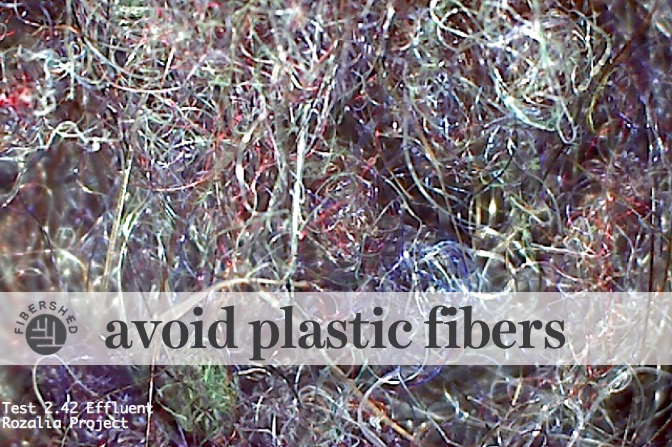
Polyester, acrylic, spandex, and acetate are frequently found on clothing labels and share a material source: petroleum ‘“fossil carbon.” By relying on plastic fibers, the fashion and textile industry is mining fossilized carbon and directly contributing to the instability of our climate and planetary health. Although frequently touted for their “performance” qualities, research shows that plastic clothing needs more frequent and vigorous washing to remove odor and stains, and during that washing process synthetic textiles are shedding millions of trillions of microplastics into our waterways. From yoga pants to fleece jackets to microfiber towels, what we put in the wash is also what we put in our bodies: 94% of US tap water has tested positive for microplastic pollution.
See pages 3-4 of the Clothing Guide for garment care techniques, and page 17 for an overview on synthetic dye compounds.
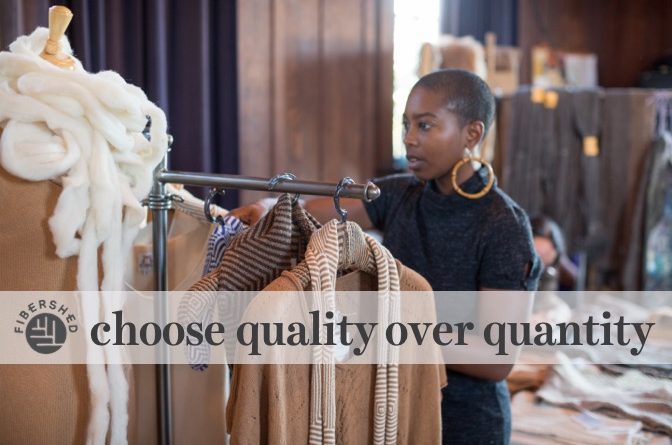
Fast fashion is not just about the pace of production — our purchasing has accelerated at staggering rates in our lifetime: on average we buy 60% more clothing than we did just 15 years ago. It’s no coincidence that the vast majority of clothes available on the market are now made up of or blended with plastic fibers: an artificially low fiber cost is all too often paired with exploitative labor practices to supply short-lived styles. There are both personal and structural challenges to shifting our consumption patterns, as higher quality often means paying more upfront. Whenever possible, move toward the best quality fibers and garments that are available and accessible to you. And consider the “cost per wear:” a $30 cheaply made sweater worn 10 times costs you $3 per wear, while an heirloom quality $300 sweater worn 1,000 times costs you 30 cents per wear. Higher quality garments can even outlast our own lifetimes: on average, a wool sweater is the longest-owned garment (source) and is often passed down through generations.
See pages 18-19 of the Clothing Guide for a beginning list of brands to inform high-quality purchasing patterns
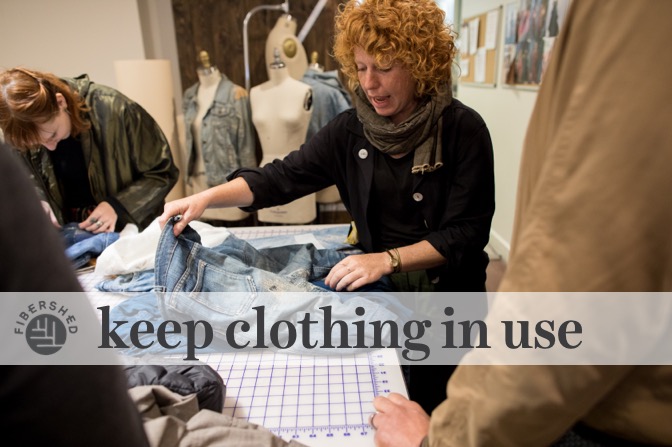
Our increased appetites for clothing and textile consumption are clogging our waste streams: the average American throws away approximately 80 pounds of textile waste per year (including clothing, shoes, bedding, rugs, etc.). And a mere 1% of textile fibers are currently being recycled into “renewed” clothing and fiber goods. A truly circular economy relies on a each wearer taking conscientious care of the fashion and textiles in our life. From clothing swaps to visible mending to reinventing clothing with natural dyes: refashioning is essential at the individual, community, and industry level.
See pages 20-21 of the Clothing Guide for tips, techniques, and tools for cycling clothing.
We invite you to download a free copy of the Fibershed Clothing Guide and share these practices with friends, family, and your community. If you are live in the Bay Area and want to brush up on skills for refashioning and repairing clothing, join us at a San Francisco Mending Bar on Tuesday, April 23rd from 6 – 9 pm at California College of the Arts.
